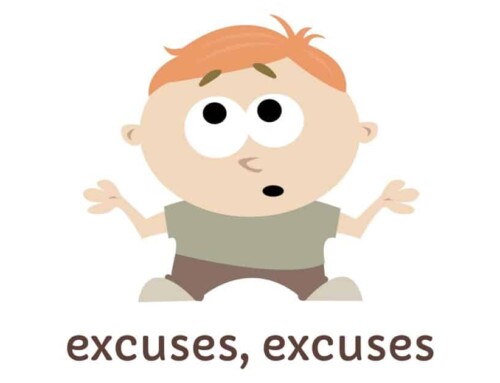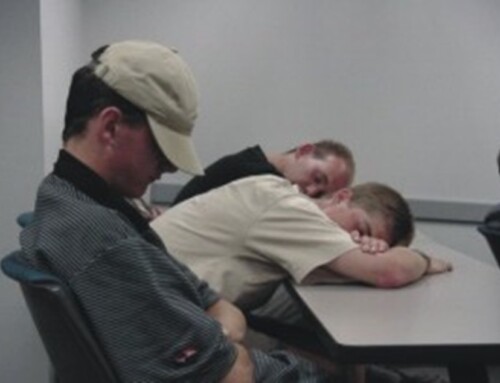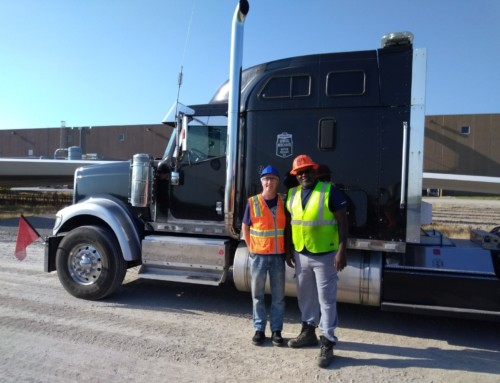 Stories are fun to tell. Even if it’s a serious story, it still feels good to share it with an audience. Telling a story is also a powerful way to prove a point or move people emotionally. Facts fade quickly from your memory, but a well-told story sticks around; sometimes for many years. I tell at least three or four stories during my keynotes. I also use many short examples that are “mini stories.”
Stories are fun to tell. Even if it’s a serious story, it still feels good to share it with an audience. Telling a story is also a powerful way to prove a point or move people emotionally. Facts fade quickly from your memory, but a well-told story sticks around; sometimes for many years. I tell at least three or four stories during my keynotes. I also use many short examples that are “mini stories.”
If you tell stories during your safety and health meetings (or other times you present) here are a few things I’ve learned during my 30 plus years as an actor, trainer, and speaker that may help you be a better storyteller:
TAKE YOUR TIME
Novice speakers tend to hurry up their stories. I know I use to. You need to move the story along but you don’t need to rush to the ending. You do want to change your pace; a steady slow telling can make the story drag, so at times, when it matches what’s going on, speed up. Likewise just before there’s a dramatic turn of events or when explaining something sad pause more often and slow down.
INCLUDE DESCRIPTIVE CHARACTER DETAILS
My favorite story to tell is about Vinny, a mechanic I worked with when I was a safety coordinator at Hope Creek Nuclear Power Plant. I describe how he talked (like Rocky Balboa); the size of his biceps (he was an avid bodybuilder) and other characteristics to flesh out his personality. Then I develop the plot. This way the audience can picture Vinny doing the funny actions I describe. So make sure you give background, personality, and physical details about the main characters of the story.
REMOVE WHAT DOESN’T CONTRIBUTE
Though I tell details about Vinny’s appearance and personality, I don’t waste time saying how many brothers he has or how old he is. These details don’t add anything to the story that matters. Everything you say should make a difference; either to show why a character acted a certain way or that the audience needs to know to understand the story. I always ask myself when editing my stories ‘what difference would it make if I left this out.”
PRACTICE ON PEOPLE
I hang out at a club near my home. Any time I’m going to include a new story in a talk I tell it several times to the guys at the club (not to the same person more than once). I also tell it to my wife (sometimes more than once) and people I meet during my travels. By the time I tell it on the stage I’ve already told it enough times to know when I should pause, speed up, be dramatic or calm. I still make changes for a while depending on the responses I get from audiences. Practicing alone is helpful but not near as much as practicing on a live audience–even if it’s only one person.
’till next time.
Richard Hawk





